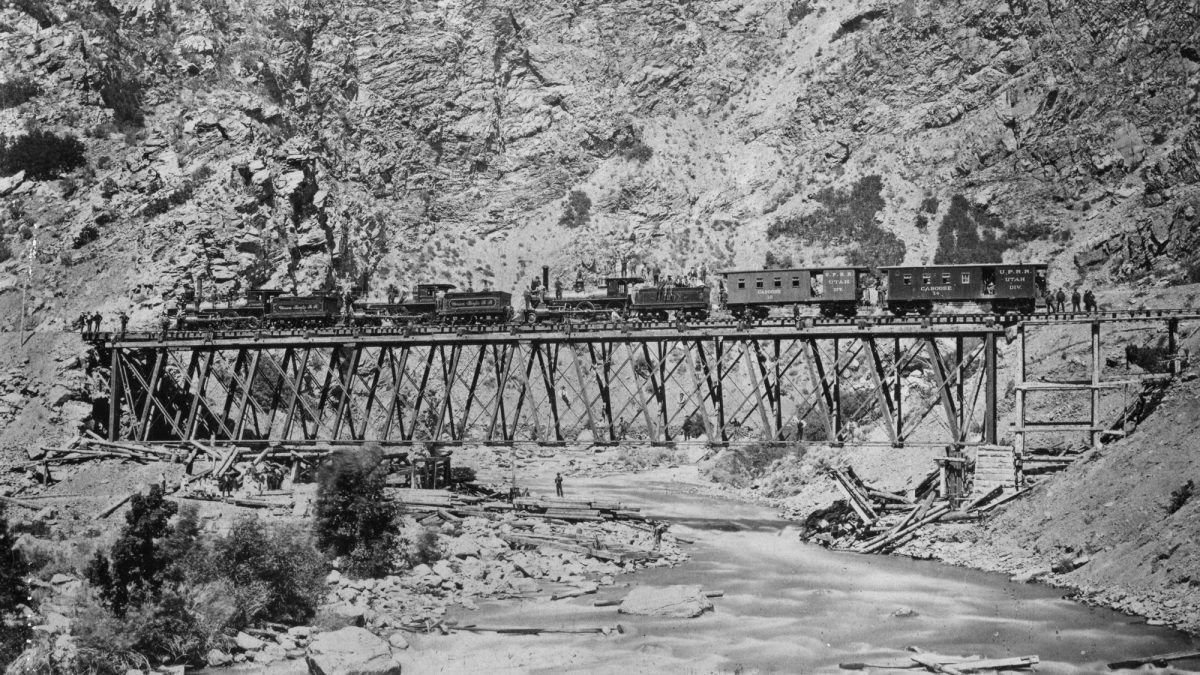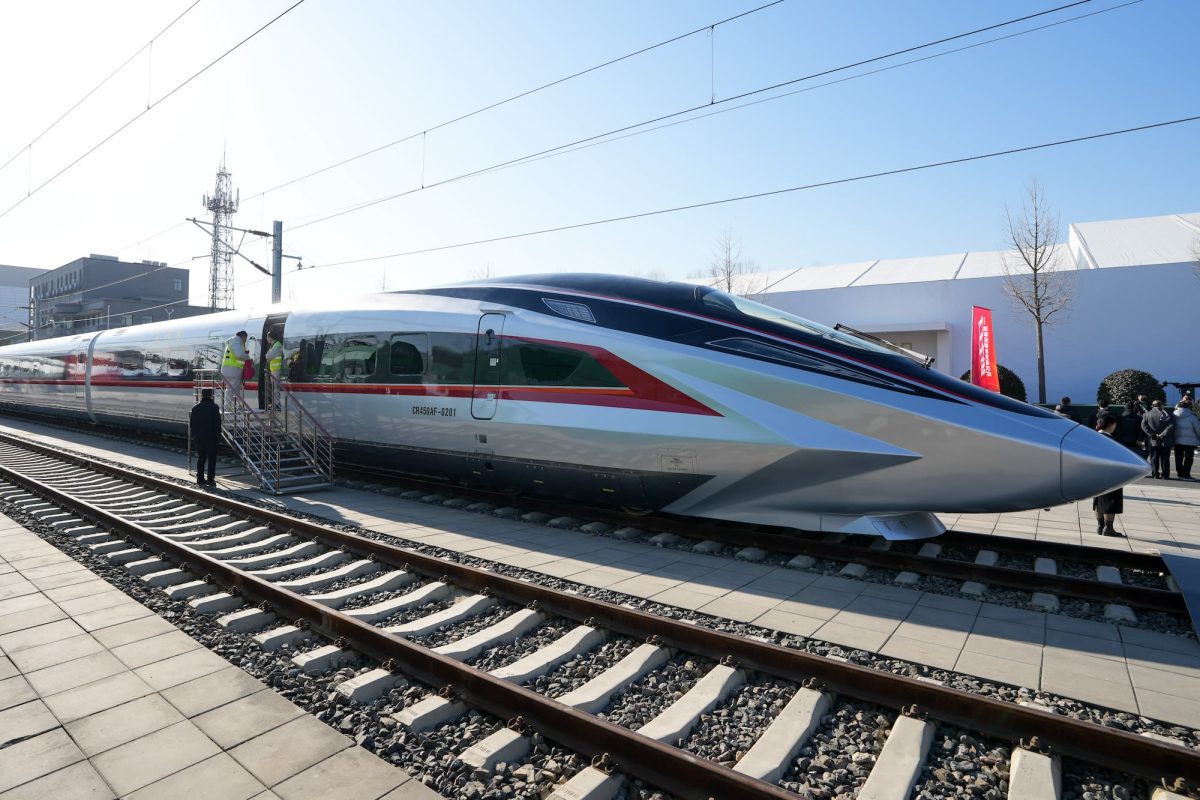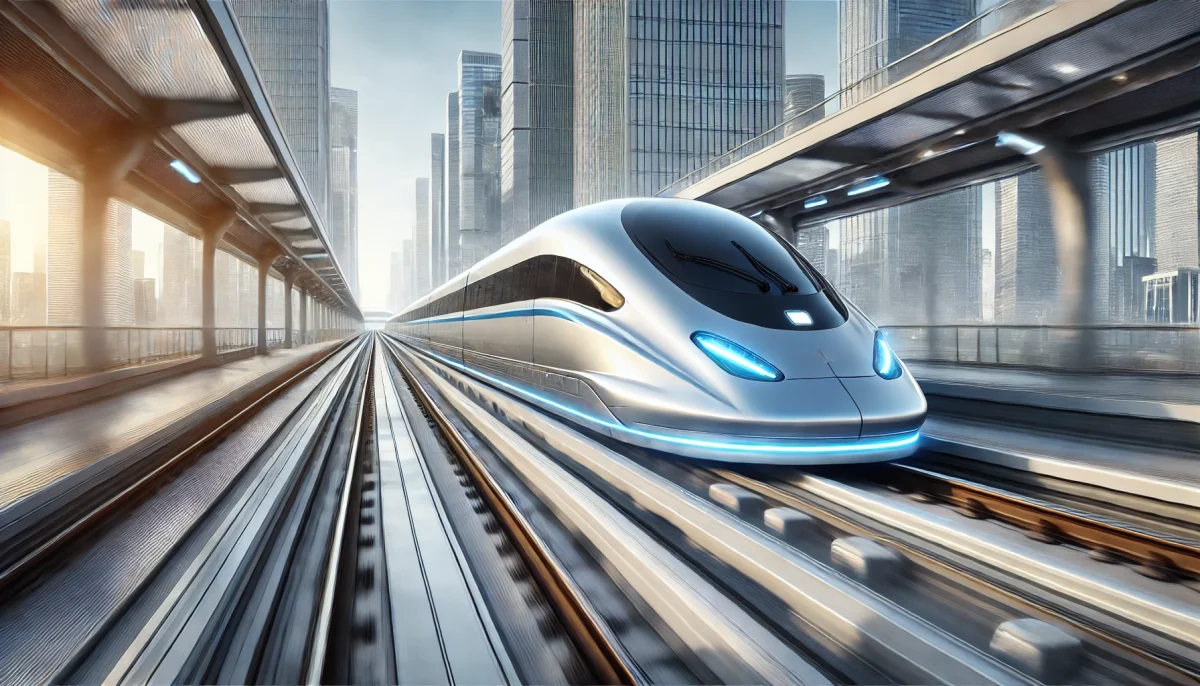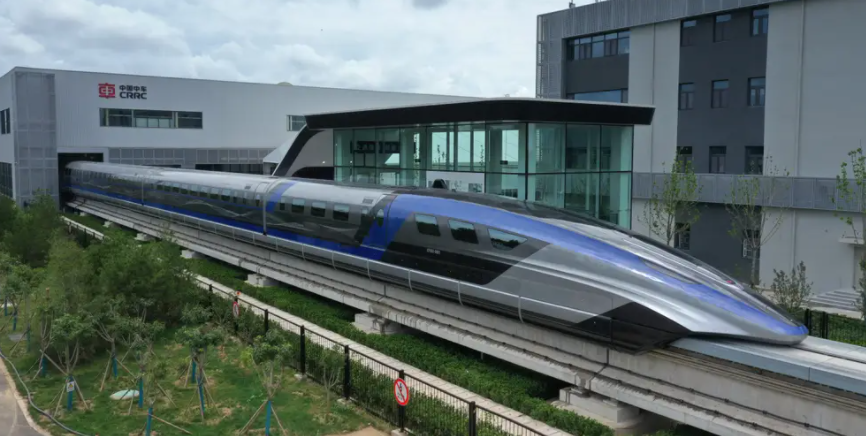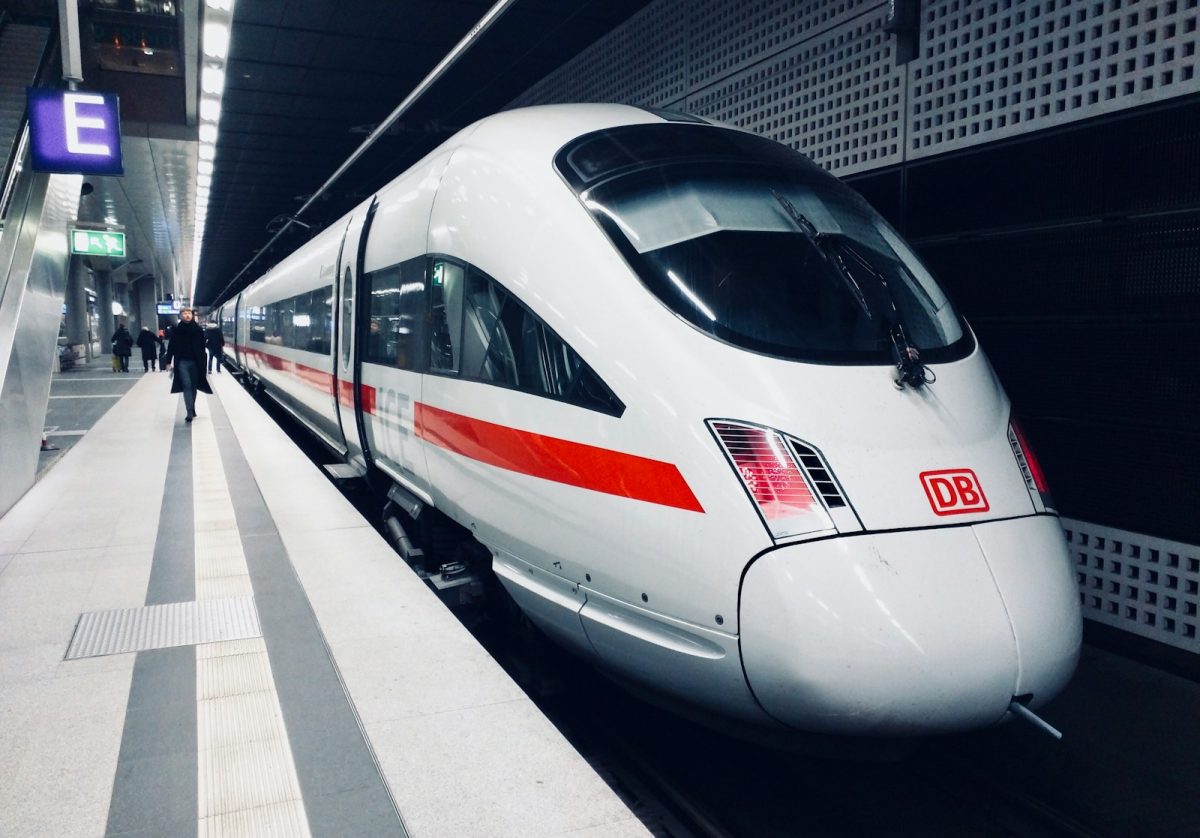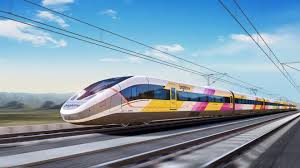Introduction
In the East of America, war raged through the Civil War. But in the west, a new project for a railroad through the country was made. The project started going eastward from Sacramento, California. This monumental project was finished in 1869, and it shows pure perseverance by the people who made it. This project was revolutionary for trade and transportation.
Challenges for the project
The project took 6 years to make as it started in 1863 during the Civil War. The Central Pacific Railroad went through the obstacle of laying tracks through the Sierra Nevada mountains. On the other hand, the Union Pacific went through the challenge of the vast Plains and Rocky Mountains. This project wasn’t easy as both companies went through rigorous weather that distracted the project. Also, the Native Americans weren’t happy with this unusual project through their land. Which also prevented easy work for this railroad. Most of the workers were immigrants and Chinese workers. It was a problem to give all of them food and water when they needed it the most. They would often risk their lives to complete this backbreaking project. There were so many problems and illnesses like smallpox that the project was thought to never be finished.
Whitney’s Idea
There was a tremendous human effort in creating this railroad. With many tunnels that had to be wide and big enough. Many bridges can cross the pass of the railroad safely. Surprisingly there were also many trestles to hold up the railroad and trains. The project required a specific plan with precise work to make the project perfect. The idea of steam-powered railroad lines was thought of. This innovation was already created in 1820, such as Baltimore & Ohio trying to make a system with safe transportation. The pioneer Asa Whitney, from New York, wanted to spread this idea of the transcontinental railroad. Whitney brought this idea to Congress in 1848, but the construction process was so complicated that it was voted down. He didn’t give up and still tried to promote the idea. But when he ran out of money in 1852 and gave up. But, in California when gold was found it created a market for the continental railroad. So in 1853 an act that allowed 5 systems which Whitney thought could be the system of this railroad. Finally, in 1863 The Central Pacific railroad started in Sacramento California While the Union Pacific started in Nebraska also in 1863 hoping to connect the railroads.
Construction Process
The process was long and hard as the construction crews had to build snowshed, cut grade, and build through hard rock and snow. Each mile of track required 100 tons of rail. Both companies had a meeting point where their tracks would connect. This point was Promontory Utah. Also, both companies found immigrant workers. The Union Pacific had Irish, German, and Italian immigrants which made up more than 8,000 workers. While the Central Pacific had more than 10,000 workers made of Chinese laborers. The Sierra Nevada mountains were in the way of the Central Pacific Railroad company. So they had to blast tunnels through the tough granite making the only pathway to place down tracks. Also, trestles were needed in the construction process because of the deep canyons in the way that they had to cross over. For the Union Pacific, there were vast open plains, steep grades, and the Rocky Mountains. It was easier for the Union Pacific as they had to grade the land, lay tracks across long prairie plains, and build bridges over rivers and gorges that came in the way.
Conclusion
When both companies connected at Promontory Utah, it ended and completed the transcontinental railroad. On May 10, 1869, it was a historic moment in American History, Showing that even through tough times like war an important railroad helping with transportation and trading was finally finished.
Related Stories:
- https://www.loc.gov/collections/railroad-maps-1828-to-1900/articles-and-essays/history-of-railroads-and-maps/the-transcontinental-railroad/
- https://news.stanford.edu/stories/2019/05/first-transcontinental-railroad-stanford-forever-linked
- https://www.lindahall.org/experience/digital-exhibitions/the-transcontinental-railroad/
- https://www.history.com/topics/inventions/transcontinental-railroad
- https://www.up.com/heritage/steam-meet/index.htm
